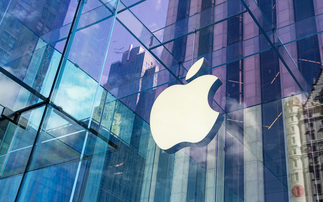Beko's top tips for slashing energy consumption from electrical appliances and heating
Click here to enlarge the infographic Nearly half of a household's energy bill comes from the cost of running kitchen appliances, such as washing machines, dishwashers, refrigerators and ovens, according...
To continue reading this article...
Join BusinessGreen
In just a few clicks you can start your free BusinessGreen Lite membership for 12 months, providing you access to:
- Three complimentary articles per month covering the latest real-time news, analysis, and opinion from Europe’s leading source of information on the Green economy and business
- Receive important and breaking news stories via our daily news alert
- Our weekly newsletter with the best of the week’s green business news and analysis






